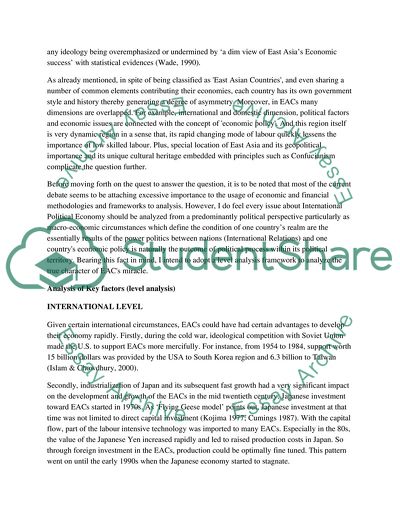Cite this document
(Does the East Asian Miracle Prove Mercantilism or Liberalism Right Research Paper, n.d.)
Does the East Asian Miracle Prove Mercantilism or Liberalism Right Research Paper. Retrieved from https://studentshare.org/macro-microeconomics/1719893-does-the-east-asian-miracle-prove-mercantilism-or-liberalism-right-international-political-economy
Does the East Asian Miracle Prove Mercantilism or Liberalism Right Research Paper. Retrieved from https://studentshare.org/macro-microeconomics/1719893-does-the-east-asian-miracle-prove-mercantilism-or-liberalism-right-international-political-economy
(Does the East Asian Miracle Prove Mercantilism or Liberalism Right Research Paper)
Does the East Asian Miracle Prove Mercantilism or Liberalism Right Research Paper. https://studentshare.org/macro-microeconomics/1719893-does-the-east-asian-miracle-prove-mercantilism-or-liberalism-right-international-political-economy.
Does the East Asian Miracle Prove Mercantilism or Liberalism Right Research Paper. https://studentshare.org/macro-microeconomics/1719893-does-the-east-asian-miracle-prove-mercantilism-or-liberalism-right-international-political-economy.
“Does the East Asian Miracle Prove Mercantilism or Liberalism Right Research Paper”, n.d. https://studentshare.org/macro-microeconomics/1719893-does-the-east-asian-miracle-prove-mercantilism-or-liberalism-right-international-political-economy.


